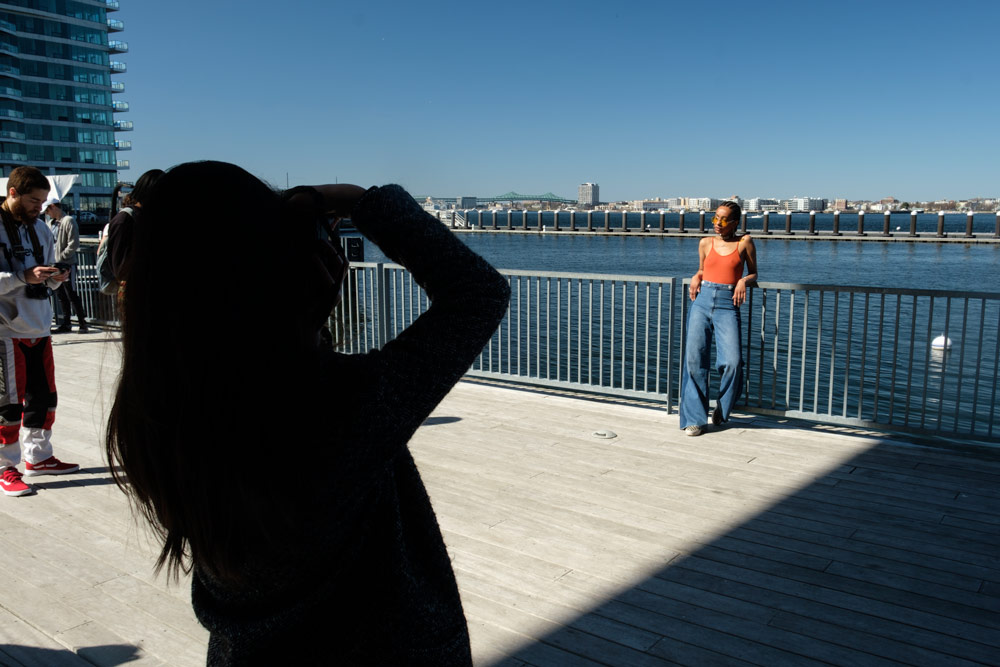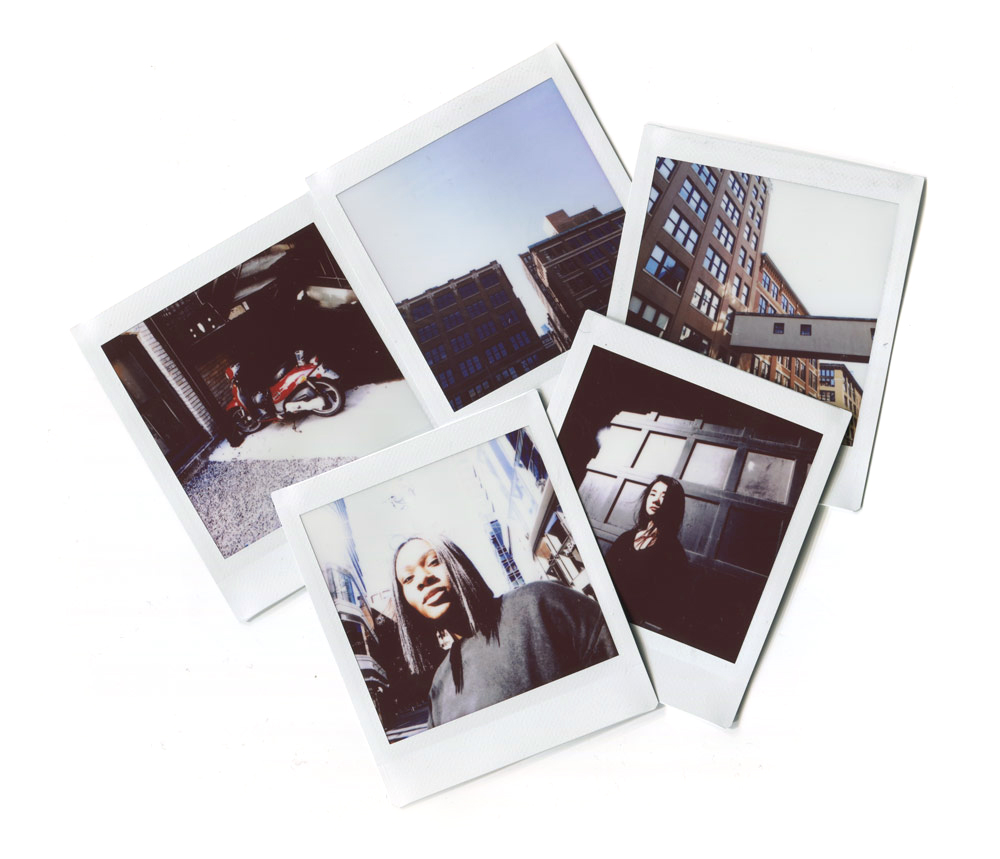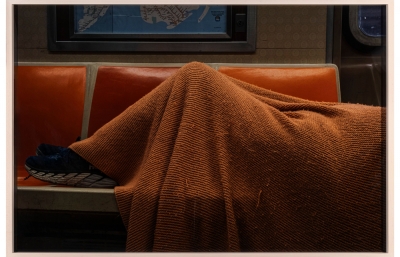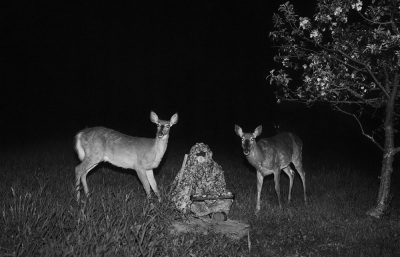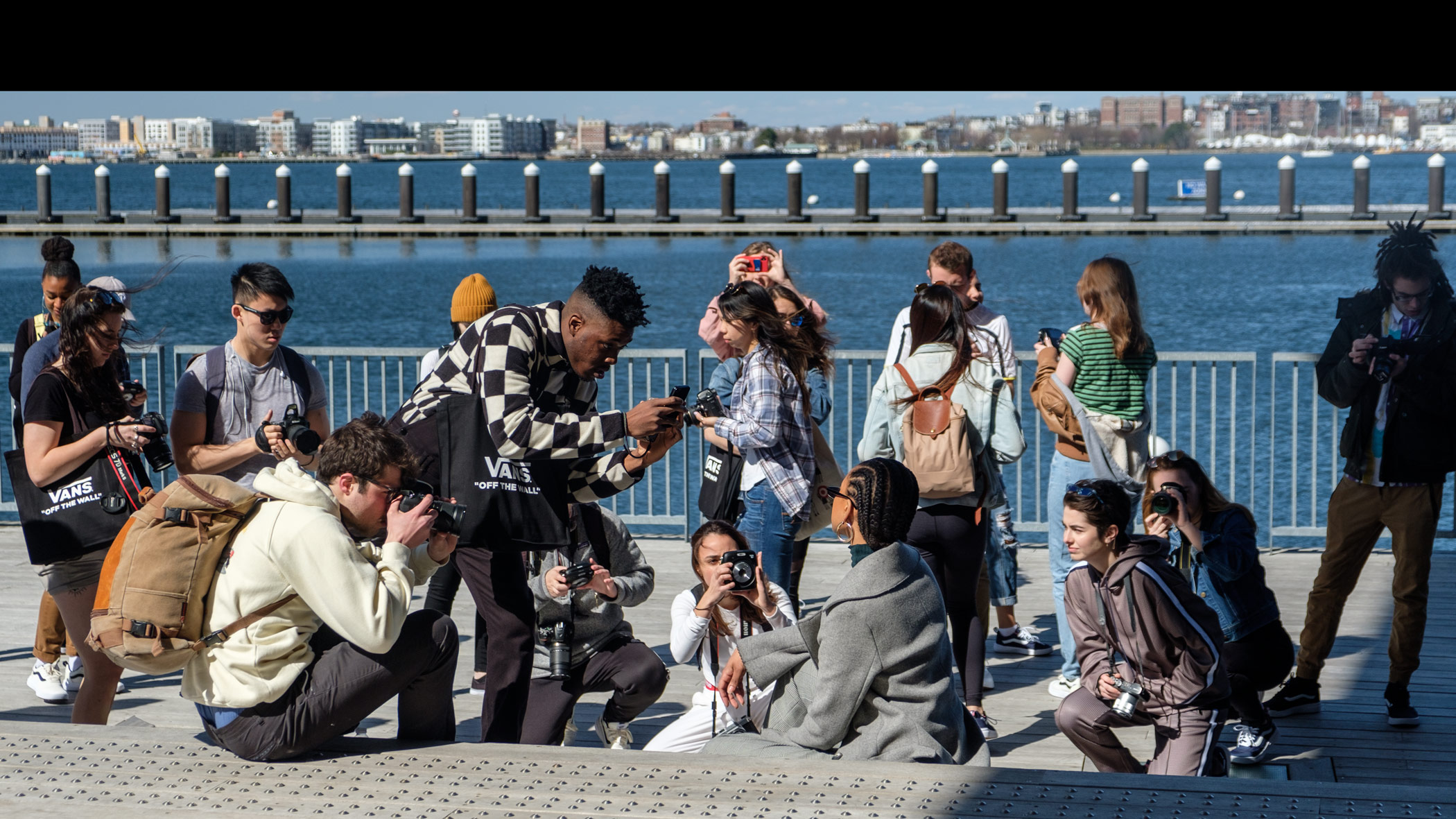
Vision Walk: BOSTON
With tyler kpakpo
We arE traveling around the country with VANS VISION WALKS, a series of workshops led by some of our favorite photographers in their home cities. This past weekend we spent the AFTERNOON with Tyler kpakpo as he led participants on a walk through south station in Boston.
Whether it's where he is pointing the camera, the instructions he gives his subjects, or the path he takes in life, for Tyler Kpakpo, direction is key. The Boston-based photographer, DJ, and aspiring Pharmacist has learned that as long as he understands where he is headed, how he gets there is not as important. "If you have an overall idea of what you want to do and what you want to accomplish," he explains, "everything else should either follow that or help push you in that direction." This same philosophy applies to understanding how to make people feel comfortable having their photo taken or knowing when and how to use different cameras and gear to communicate a particular vision.
Taking advantage of the great weather, bright light and hard shadows, Tyler led Vision Walk participants on a stroll down to the water by the Boston ICA and then back through the brick building-lined alleyways of Seaport, sharing tips and techniques for shooting portraits, architecture, objects, and landscapes along the way.
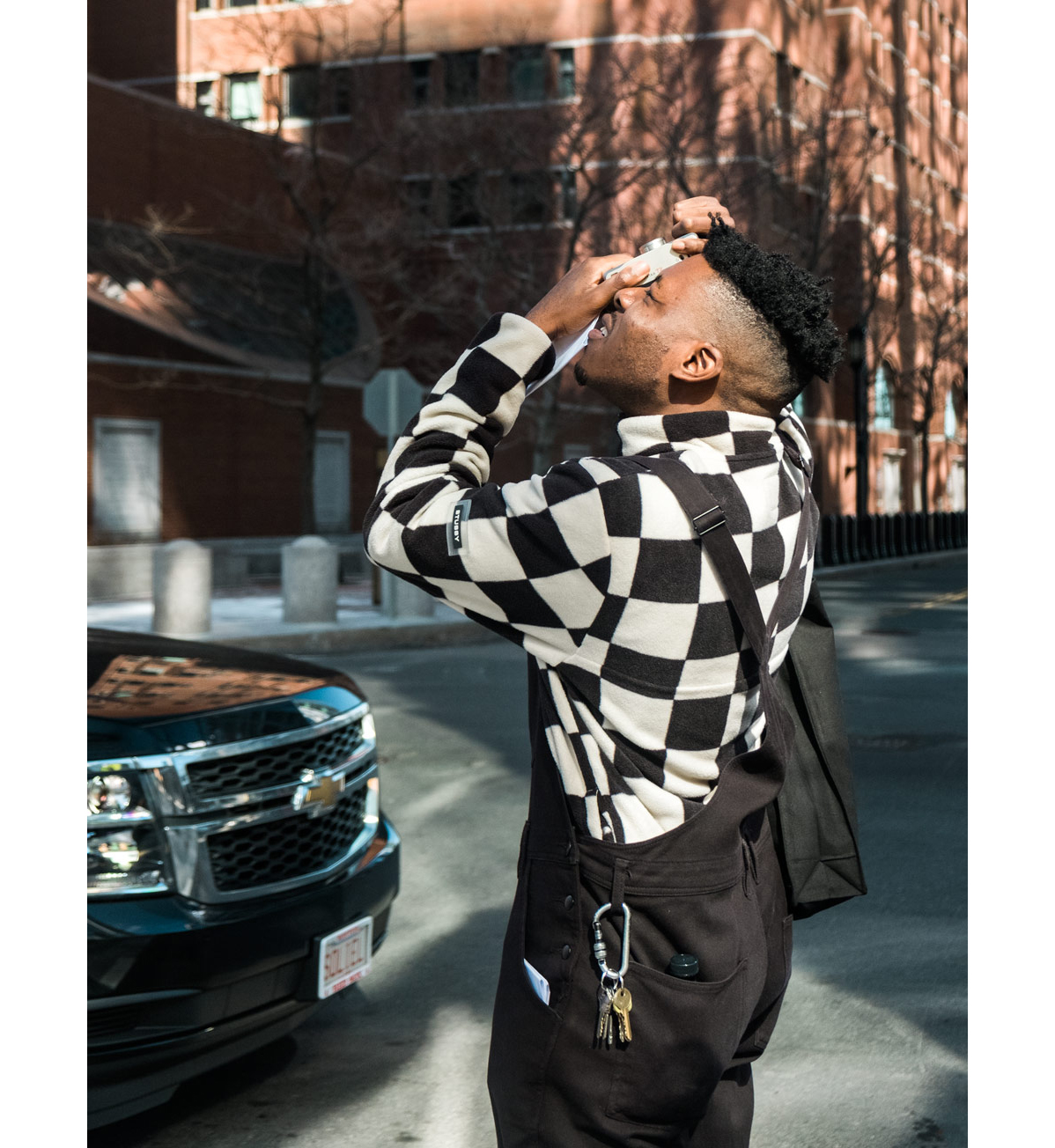
Juxtapoz: When did you first become interested in photography?
Tyler Kpakpo: I was looking at Tumblr and a lot of the content that was on there, it was eye-catching, and I wanted to try to emulate it.
This is in high school?
This is early college. From there I was looking at a lot of pictures and thinking, “Okay, this is cool. This is a cool aesthetic.” I didn't think twice about it. I had a friend who was into photography, and he actually got me started with film because I didn't have enough money for a digital camera. My first camera was a Minolta point and shoot and I got it from the Goodwill, went to Walgreens, got some Fuji Superia 400, and that was it. And I was taking pictures of everything, whether it was signage, people, buildings, just anything that caught my eye, and I would try to form it in the way I would see things on Tumblr. Eventually I ended up buying a Canon SLR and started to really like the idea of taking pictures of people rather than buildings.
"You can easily argue that putting all your energy into one thing will make you the Michael Jordan of your craft, which I completely agree with, and if that's for you, that's for you. Acknowledge that and recognize that. And if it's not, and you're someone who likes to be involved in multiple things, you're going to do that and do it to the best of your ability."
What do you like about taking photographs of people?
A lot of variables stay the same when it's a building. The only things that change are the time of day and the weather. With people, you have to have a certain level of comfort with them, whether it's their outfit or how their outfit interacts with the environment. There's just a lot that can go right and wrong, so I gravitated more to that direction. I was studying pharmacy at the time, which is a very rigorous program, so even though I was still shooting, I didn't have time to take out my camera and develop or edit my photos. I did a lot of shooting on my phone.
I also spent a lot of time going to Instagram meetups. I spent more time doing that when I should have been studying. It taught me two things. It got me a huge friend group, and some of the people that I met at those early meets and through Instagram are actually here today at the photo walk. It also just taught me to use whatever I have and be resourceful and not focus too much on the gear and not look at anything as a limitation, but more of a different way to think and a different way to go about something to get your end result.
Are you pursuing photography full-time now?
I still am doing pharmacy and over the summer I'm going to take my licensing exam! While doing that, I'm also working as a photographer and doing a lot of editorial-based work. It's very focused on portraiture but also finding a way to incorporate the environment because I have different brands that I'm highlighting at a certain time. I'm styling it myself and usually doing the casting myself. Sometimes I’ll work with a team to get that overall dialogue where it needs to be and get that narrative there. It was just a natural progression, from doing it on my own with my friends and digging through their wardrobes to actually being in a position now where I can work with different companies and different brands to bring that vision to life.
Outside of that, I always have my film camera on me, and my phone as well. But I always bring my Contax everywhere I go, and now my Polaroid, even though it's a little bigger. Before, when I was mostly working off my phone, it was more about having that access and always being able to shoot. Now I’m a lot more selective in either capturing special moments or people, and really not thinking too much about it, but taking everything I've learned over the years, whether it was with my phone, with digital, or just with the film, and applying it to the moment.
I've also been trying to do is document my family, take pictures of those ones that I love because I've been so fixated on this fashion editorial style work that I can't forget about what makes me who I am. The last thing that we ever want to do is look back on something that we didn't get the chance to do. It was really important and now that I feel comfortable with my work, I'm able to bring it to my family and show them the work that I do and make them a part of it, and not keep those worlds so separate.
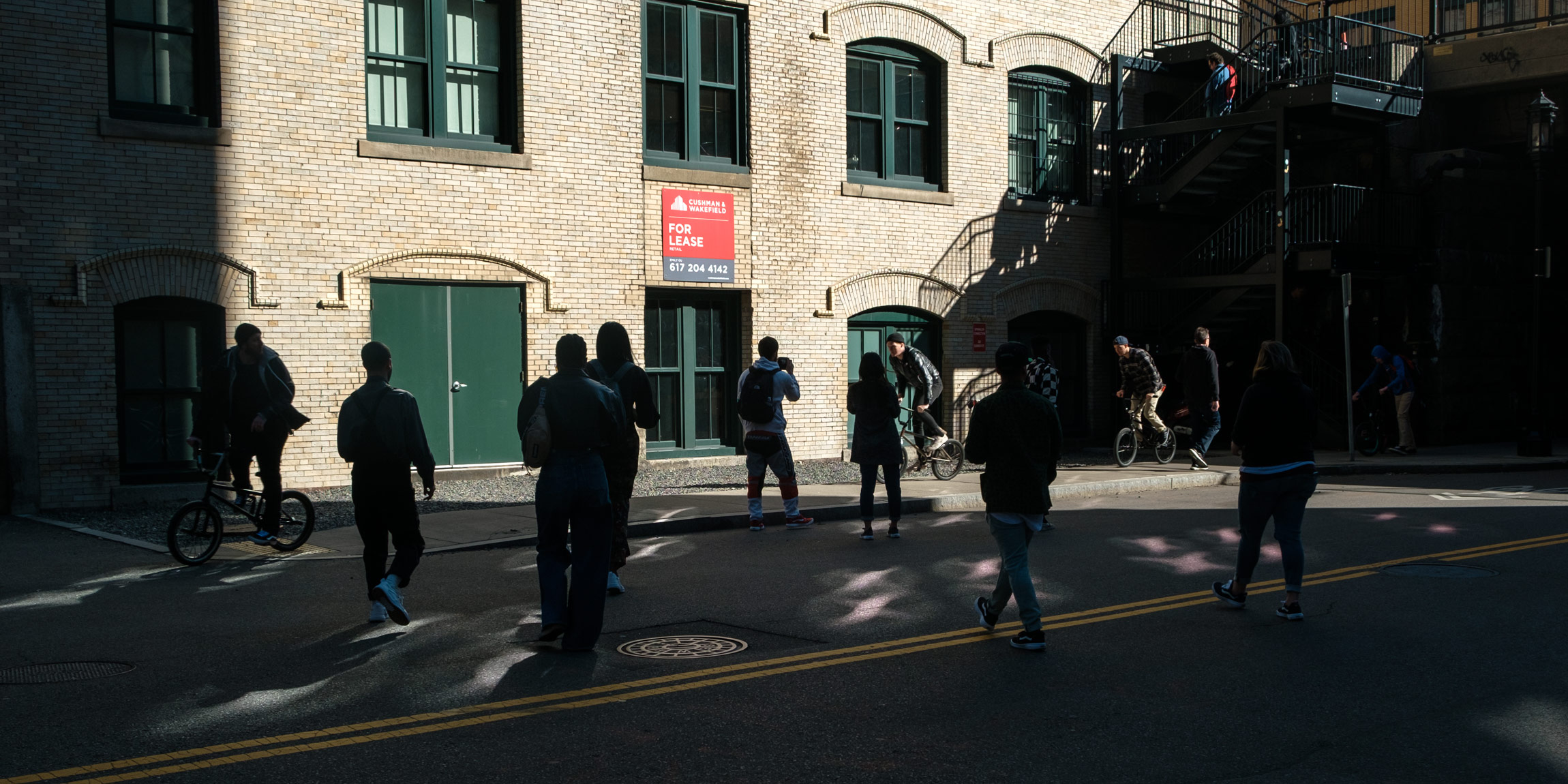
What are some of the differences you find in photographing your family as opposed to models or friends? You have a lifetime of certain patterns and habits in interacting with family that you don’t necessarily have with others.
Obviously, when it comes to composition, everything is still there. You still keep the same ideals and the same thought process. The difference is, when I'm working with a model or someone that's just a subject, they know what I'm capable of, and they know what I do. And they're usually people who are involved in the art world in one form or another. They see what I do and they like it, and they want to be a part of it, as opposed to my family, they really don't have the biggest idea. They know that it's something I do but don't know the day to day. They don't see the impact that it has on people. They don't look at it from an artistic point of view, they look at it from more of a documentary point of view. So that's the difference as far as the personal value that a person might have with it, but it's all appreciated at the end.
When learning to take portraits sometimes the hardest thing is getting people to be comfortable with you taking their photo. What advice would you have for someone who's just starting out?
I'm a very amiable person, It's easy for me to meet people. I moved around a lot growing up, so I was always the new kid, always meeting new people. I just became comfortable breaking the ice as soon as possible. Whether it's a model or someone who isn't a model, I try to always give them the most direction so they feel comfortable. If you have a model or someone you want to photograph, give them the direction because people can be very intimidated by the idea of a camera that's being pointed at them. But if you give them direction and make them feel comfortable, then what do they have to do other than follow you?
It's almost like dancing. When you're dancing, you'll have someone who is leading and someone who is following, whether it's left foot, right, left foot forward, right foot forward, or taking a dip, you're directing them, and you're helping them look elegant and beautiful in their own way. It's the same with photographing people. You want to direct them in a way that they can be comfortable. Loosen it up, and if you know them, if they know you, that's even better. If you don't, it's more about breaking down that wall of being a model and a photographer, and just being two people who are coming together for a photo, and that's the same principle I use for taking it. I always like everything to feel intimate, not that it was taken by a camera, but just taken through my own vision.
If you don't know how to direct them, go with what feels natural, but always make sure that they feel comfortable and they feel confident because with that, they'll be open, and you won't see that timid expression on their faces. I've definitely had to work with people where I've stopped, put the camera down, and worked to get them in their own natural rhythm and motion. Once that happens, you could see an instant 180 in the photos.
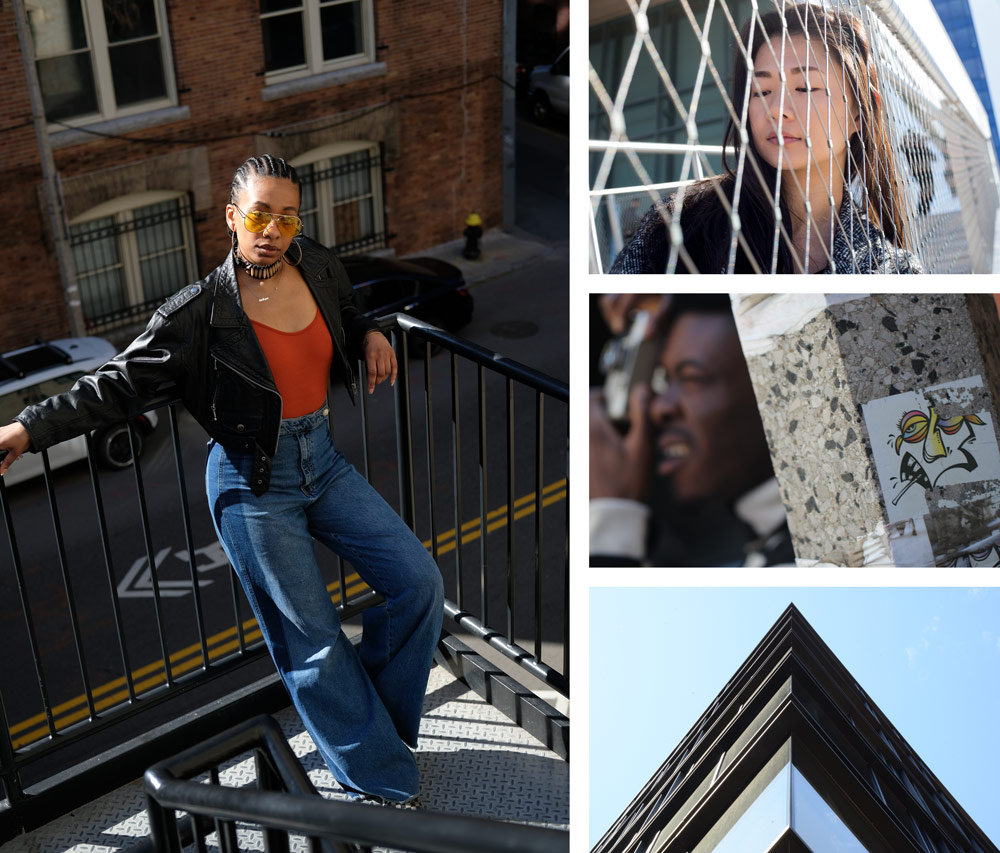
"DURING THE VISION WALK, TYLER ENCOURAGED US TO EXPERIMENT WITH USING NATURAL LIGHT CASTING. THIS EXPERIENCE HELPED ME CREATE A NEW PERSPECTIVE IN TAKING A MORE CAPTIVATING APPROACH IN MY PHOTOGRAPHY." —JENNIFER VIVIER
Everyone is going to be shooting photos of the same model today, what makes one person’s photo different from another?
I think what makes it different is the fact that we're all different at a basic level. We all have our inspiration and our influences. We're all our own people, and how I may see you, someone else over here may not. They may see what's in front of them rather than seeing what's at a more three dimensional angle. At a basic level, it's like a snowflake, everyone's different, but what it comes down to is everyone's eye and what they want to focus on.
You have decided to pursue both photography and continue pharmacy. What advice to you have for aspiring artists trying to find a direction to take their work?
I think that's very subjective. We're in Boston, right? Think about the Prudential Center. You can see the Prudential Center from almost anywhere in the city. If you can be a little intuitive, say you're not using your phone how to get there, you see that the Prudential is in front of you and there's buildings and streets , so you're going to walk on that street to get there. Maybe you'll be on a street that you're not familiar with. You might take a left or a right, but you see, “Okay, I'm getting further away from the Prudential. Let me move in a direction more towards that.” Maybe you ask directions from other people.
I use that analogy because if you have an overall idea of what you want to do and what you want to accomplish, everything else should either follow that or help push you in that direction. For me, there was a point in time I wasn't comfortable with the photos I was taking or my performance in school and I really had to work hard and realize that everything will take precedence over something else in due time. There was a reason why I had to put the camera down and focus and grind on school and make sure that I was on time with all my work. There was also a point in time when I got out of school and took a step back, and I saw the photography opportunities arise and I took them because that was always so suppressed. Understanding the balance and when something should be a priority if it's going to ultimately move you towards the goal that you want to be or the place that you see yourself being. Sometimes, we don't know, and sometimes, that will change. I might think that for me, the ideal place to be is shooting for XYZ magazine. Maybe it's not, maybe life circumstances changed, and maybe I need to go to a pharmacy or hospital or work in the industry or make those adjustments for what needs to be done, but still never forget each side.
It’s important to know when to make things a priority and not forgetting about what else you want to do if it's part of your overall goal. I think that we should all have multiple interests. It makes us more multi-dimensional people rather than being fixated on one side. You can easily argue that putting all your energy into one thing will make you the Michael Jordan of your craft, which I completely agree with, and if that's for you, that's for you. Acknowledge that and recognize that. And if it's not, and you're someone who likes to be involved in multiple things, you're going to do that and do it to the best of your ability. I feel like there's no right answer other than doing what you feel is the right thing for you.

